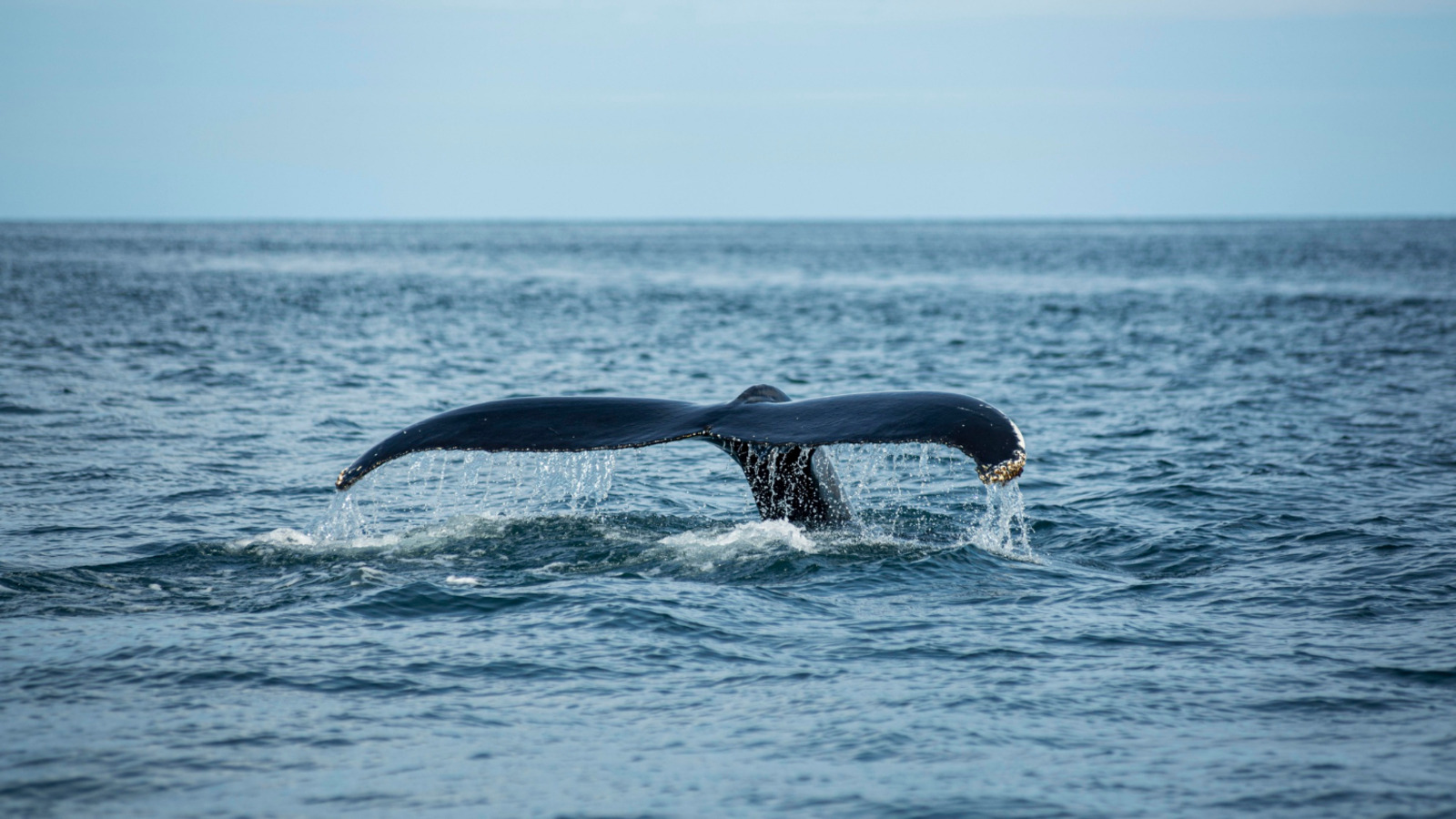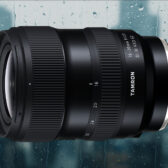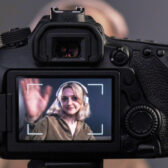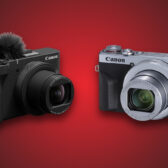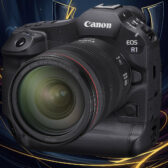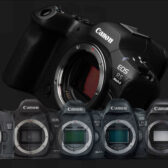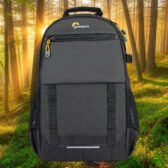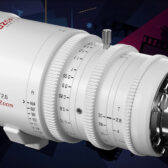So you’ve forked out for a whale-watching tour, downed your seasickness meds, and now you’re leaning over the rail like a wannabe David Attenborough. The whales? They’re nowhere to be seen — until, BAM, a 40-ton leviathan launches itself out of the ocean like it’s auditioning for “Free Willy 5.” And you? You’re still fumbling with your camera settings.
Let’s fix that, shall we?
Shutter Speed: Fast Enough for a Flying Whale
These whales don’t politely knock and wait while you set up your shot. They explode out of the water with all the subtlety of a rocket launch. So you need your shutter faster than your reaction time: 1/1000 sec or quicker. Think of it as freeze-frame for the world’s wettest backflip.
Aperture: The Goldilocks Zone
You want your whale sharp but your background dreamy. Go with f/5.6–f/8 — wide enough to let in light, but tight enough to keep the whole humpback (not just the tip of its tail) in focus. Because there’s nothing sadder than a perfect ocean shot with a blurry whale butt.
ISO: Roll with the Waves
Sunshine? Great. Fog thicker than grandma’s pea soup? That’s ocean life for you. Start around ISO 400, but don’t be afraid to ride it up to 1600 if the light turns moody. Modern cameras handle noise like a pro — unlike you, who might be hurling over the side.
Focus Mode: Whales Don’t Stand Still
Set it to Continuous AF (AI Servo/AF-C) so your camera tracks that beast like it owes you money. Combine it with Back-Button Focus if you’re fancy — you’ll feel like an elite sports shooter, even if your only “sport” is holding on to the rail.
Drive Mode: Spray and Pray
Single shot? Good luck catching a breach that lasts half a second. Switch to High-Speed Burst and hold it down when the action starts. You’ll get a dozen frames in the time it takes to squeal, “OH MY GOD!”
Lens Choice: The Big Gun
A whale can pop up right under the boat or 200 feet away. A 100-400mm is the sweet spot — anything shorter and you’ll just get a whale-shaped speck; anything longer and you’ll photograph its blowhole hair follicles. Zoom with your lens, not your legs — you don’t want to go overboard.
Stabilization: Because Boats Rock
If your lens or camera has IS/VR/OSS, switch it on. It’ll help counteract the fact you’re basically shooting from a drunken mechanical bull (aka your boat). A monopod can help, but you’ll look like a confused medieval knight lugging it around on deck.
White Balance: Avoid the Blue Whale Blues
Leave it on Auto White Balance if you’re feeling lazy — it’s surprisingly good these days. Or switch to Cloudy mode to add some warmth, which makes whales look majestic instead of sad and cold.
Metering: Don’t Let the Ocean Fool You
The ocean is bright, whales are dark. Your camera gets confused faster than you reading a tax form. Try Center-Weighted Metering to favor the whale, or Spot Metering if the lighting’s extreme. Meter on the whale itself or its blow to avoid under- or over-exposure.
Quick & Dirty Cheat Sheet
• Shutter: 1/1000–1/2000 sec
• Aperture: f/5.6–f/8
• ISO: 400–1600
• Focus: Continuous AF (AI Servo/AF-C)
• Drive: High-Speed Burst
• Lens: 100-400mm recommended
• IS: ON
• White Balance: Auto or Cloudy
• Metering: Center-Weighted or Spot
A Few Salty Pro Tips
• Watch the birds — they hover where whales will pop up.
• Time the dive — a whale’s surface interval is 3–7 minutes; get your settings ready during the wait.
• Stay low — the lower your angle, the more epic your whale looks against the horizon.
• Waterproof your gear — ocean spray doesn’t care if your camera was expensive.
• Respect the whales — no photo is worth harassing a whale. Period.
Our thoughts?
If you want more than blurry water splashes and tales of the one that got away, these settings are your ticket to legendary whale shots. Don’t forget to put the camera down every now and then to actually see the whales with your own eyes. Because in the end, the moment itself is even better than the photo — though the photo makes your friends believe you didn’t spend the whole trip puking.
|
When you purchase through links on our site, we may earn an affiliate commission. Here's how it works. |


